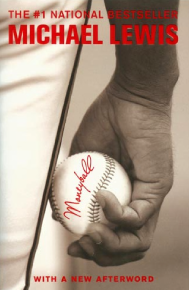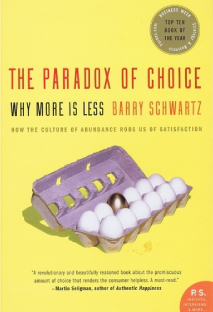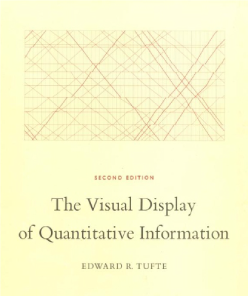





At Meliora Research we believe that learning never stops. To that end, we are constantly engaged with the best ideas in the market research industry and beyond. This page features a selection of readings that have made an impact on us. They’re generally not business books, but their implications for consumer research (and beyond) will stick with you long after you turn the last page.
Bookshelf






Moneyball
The film version's heartwarming depiction of Billy Beane's personal journey alone is worth the price of admission, and Lewis's engaging description of Beane's novel approach to baseball makes the book well worth reading. We also see in Moneyball a profound lesson about research: if you want to achieve true insight, it's vital to measure the right things in the right ways. We certainly don't want to discount the value of tradition or the importance of intuition, in baseball or any other field. But as Moneyball well illustrates, empirical questions require empirical answers.
The Paradox of Choice
With so many products available to today's consumers, it's not surprising that purchase decisions are more involved than ever. And even though we generally think that abundance is beneficial, it turns out that the multiplicity of choices can actually make us less likely to achieve satisfaction, let alone happiness. Schwartz's book, which synthesizes research from behavioral economics, cognitive psychology and other fields, explains the reasons behind this apparent paradox, and suggests ways to optimize what you do have instead of regretting what you don’t have. For market research, and for life in general, that's a valuable perspective to have.
The Visual Display of Quantitative Information
This is the rare statistics tome that wouldn't be out of place on a shelf of fine art books. Tufte presents the power, the meaning, the methods—and yes, the beauty—of tables, charts, and graphs. Maxims like "maximize the data-ink ratio," "eliminate the lie factor" and "avoid chartjunk" are artfully illustrated with examples (mostly good, some bad) from the social sciences and beyond. Like most opinionated works, there is room for disagreement. But for guidance on how to harness the power of data graphics in the service of a compelling empirical story, time spent with Tufte’s book will be well worthwhile.

|
Mitch Sanders mitchsanders@melioraresearch.com 585-278-4135 |

|
Jon Siegel jonsiegel@melioraresearch.com 585-271-2955 |